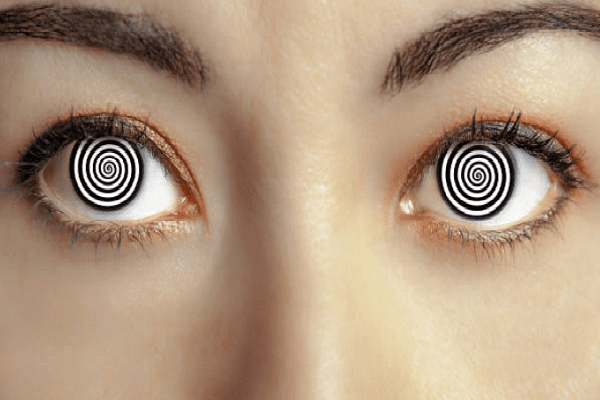Ophthalmology >>>> Optical deception - what is it?
Optical deception - what is it?

Optical deception or vision deception is not a rare occurrence in human life. Even perfect vision quite often makes a person doubt what he sees, take a closer look and conclude, “It seemed like it!” In fact, the mechanism of human vision is not ideal. But this does not mean that vision is damaged. The brain works in tandem with the visual apparatus, which continuously interprets the picture it sees, and can even complete (supplement) it itself with images that are already stored in memory.
Very often the work of the eyes is compared to the work of a photo or video camera, depending on whether a person is looking at stationary objects around him or at moving objects. But the nature of the work of the visual apparatus is much more complex than the work of photo or video equipment, since everything seen (moving or stationary) is instantly assessed by the brain and interpreted by it at its own discretion. This is where cases arise when people looking at the same thing talk about what they saw differently.
What can influence how the brain processes and interprets what it sees in different ways? It turns out that each person, despite the similar design of the visual apparatus and identical reactions of the brain, sees the world around him differently. This difference is called the “difference in perception.”
Nature created people similar in physiology and anatomy, but dissimilar in their perception of the world around them. For example, different artists painting the same landscape have different shades of paint, angles and many other individually noted nuances. It has been noticed that an artist painting the same landscape on different days can endow the drawing with shades that create different feelings in people viewing his picture. This happens because the artist himself draws on different days with different emotional moods, which are reflected in his drawings.
This example with artists perfectly shows that what is seen through a person’s eyes is processed by his brain taking into account the person’s current emotional state. But there are other factors that influence the brain’s interpretation of a phenomenon seen in the surrounding world.
The baggage of what is seen and remembered varies from person to person. This difference is due to the breadth of outlook and level of education of each individual person. The more educated a person is, and the broader his horizons, the more extensively his brain can interpret what he sees, identify it with what he once saw, attach it to already remembered images and give birth to unique pictures of the interpretation of what he saw.

A person’s assessment of what he sees in the world around him is based on such factors influencing the functioning of the brain. And given that the brain, at instant speed (with a fraction of a second) and regardless of a person’s desire, records what he sees, interprets the information received and gives a person a speculative concrete image, what he saw a second earlier may seem to a person not at all what it turns out to be a second later. The fact of optical deception (optical illusion) are built on these complexities of brain function.
If a person lived, basing his perception of the world around him only on an optical deception, he would not be able to accurately formulate what exactly he sees in real life. But the reliability of what is seen is checked by a specially invented system for clarifying data about what was seen, embedded in the very physiology of the human brain. This system for protecting perception from optical illusions passes what is instantly seen by a person through a system of filters, compares information from the visual apparatus with information coming from other organs (for example, from the senses), and compares what is seen with touch and smell. Next, it compares the received information with templates that already exist and are fixed in the person’s memory and his own ideas and forms the final image of what he saw, passing it off as a reliable picture.
As a rule, a person eventually sees an image of an understandable and familiar object or phenomenon, explainable from the position of his education and breadth of outlook. This is how the brain protects the human mind from optical deception. And on this unique work of the brain, the memorization of an object or phenomenon seen by a person is built, but taking into account his interests and knowledge. A person remembers unusual and misunderstood things poorly and does not identify them well. But a person knows how to realize that he is faced with an optical deception (an optical illusion) and, having “clarified” what he saw, he can no longer notice an identical optical illusion again.
The capabilities of a person’s internal vision, that is, the images created by the brain against the background of what he saw, make it possible to form genuine pictures of what he saw, and only sometimes, for a moment, mislead a person.

Read

Read



























